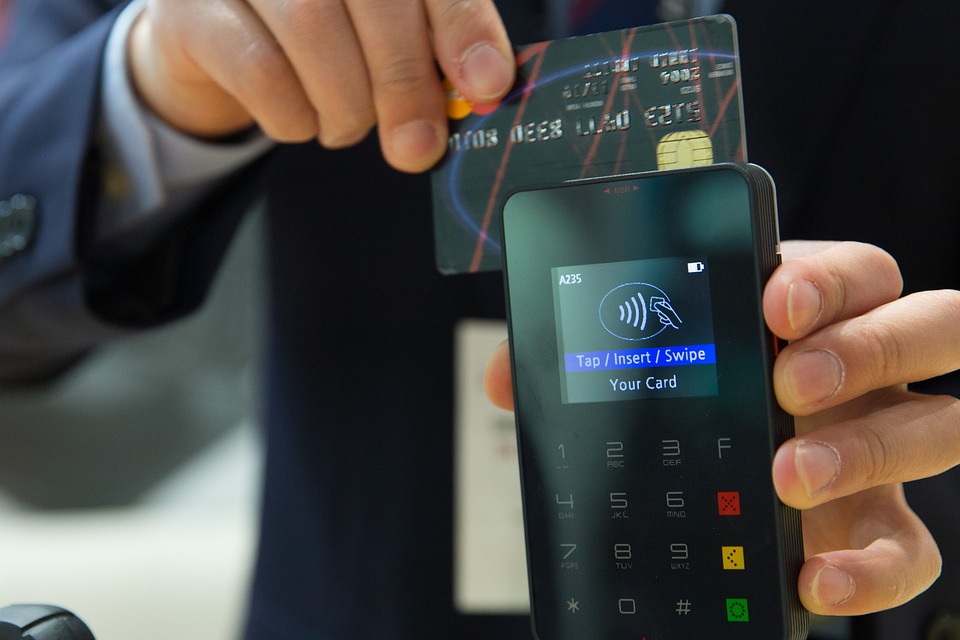
What Is Bad Debt in Business Accounting?
 In business accounting, bad debt refers to unpaid customer or client invoices that you don’t expect to collect. It’s not uncommon for businesses to allow customers or clients to pay after their product or service has been delivered. This is particularly true when speaking about business-to-business (B2B) companies. If you sell a B2B product or service, you may send customers an invoice after delivering the product or service. Most customers will pay this invoice in a timely manner. There are times, however, when a customer may fail to pay his or her invoice.
In business accounting, bad debt refers to unpaid customer or client invoices that you don’t expect to collect. It’s not uncommon for businesses to allow customers or clients to pay after their product or service has been delivered. This is particularly true when speaking about business-to-business (B2B) companies. If you sell a B2B product or service, you may send customers an invoice after delivering the product or service. Most customers will pay this invoice in a timely manner. There are times, however, when a customer may fail to pay his or her invoice.
When a customer doesn’t pay his or her invoice, you should continue to pursue them in an attempt to collect the debt. Maybe the customer forgot about the invoice, or perhaps he or she is experiencing financial hardship. With a little persistence, you can often collect these outstanding invoices and earn the revenue to which you are entitled.
Unfortunately, though, some customers will never pay their outstanding invoices. If an invoice is several months past due and the customer has expressed no desire to pay it, you should consider writing off the invoice as bad debt. Doing so ensures that the invoice isn’t counted as income, which would otherwise increase your tax liabilities and, subsequently, hurt your business’s profits.
If you use the Quickbooks accounting software, you can easily write off bad debt such as this. To begin, log in to your Quickbooks account and create a new account by clicking Lists > Chart of Accounts > New > Expense > Continue. From here, you can assign the customer’s account number to to the new account and enter a name (e.g. Bad Debt). When finished, click “Save & Close.”
After creating the account, you must record the customer’s bad debt. This is done by accessing Customers > Receive Payments > select the customer’s name. Next, click the line item, followed by “Discounts & Credits.” You should then click the “Discount Account” drop-down menu and choose “Discounts,” after which you can select the bad debt account that you recently created. Once this account opens, enter the amount of the bad debt (the amount that the customer hasn’t paid and still owes), followed by “Done” and “Save & Close.”
It’s frustrating when a customer doesn’t pay his or her invoice. And while writing it off as bad debt won’t change this fact, it will prevent the unpaid invoice from hurting your business’s books.
Have anything else you’d like to add? Let us know in the comments section below!
